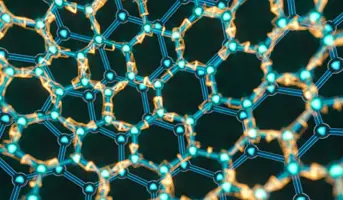Technical Ceramics

Specific Heat Capacity
Specific heat capacity, Specific thermal capacity, or Volumetric heat capacity
Contact usThe specific heat capacity of a material is defined as the amount energy (in the form of heat) required to raise one kilogram (kg) of the material by one degree Kelvin (K), without undergoing a phase change (e.g. solid to gas) of the material. It is expressed in units of joule per kelvin per kilogram (J/K/kg).
The volumetric heat capacity (VHC) of a material is defined as the amount of energy (in the form of heat) required to raise one cubic meter of the material by one degree Kelvin, without undergoing a phase change of the material. It is expressed in units of joule per kelvin per cubic meter (J/K/m3).
The specific heat value of a material can be converted to the VHC of the material by multiplying the specific heat by the density of the material.
A high heat capacity value of one material indicates it will take more energy to raise the temperature of that material versus a material with a lower value. Generally, metallic alloys have lower specific heat values versus ceramics, and ceramics have lower specific values versus polymers.
As a thermal insulator, high specific heat values are desired. As a heating element, a low specific heat value would be preferred.
|
Material |
Specific heat (J/kg-K) at room temperature |
| PEEK (unfilled) polymer | 2160 |
| Polyimide SP-1 polymer | 1130 |
| Aluminium Silicate (porous) | 800-900 |
| Aluminium 6061-T6 | 896 |
| Alumina | 795-911 |
| MACOR® glass-ceramic | 790 |
| Aluminium Nitride | 710-760 |
| Fused Silica | 670-740 |
| CVD SiC | 660 |
| Silicon Nitride | 650 |
| Zirconia | 470-610 |
| Titanium Ti-6Al-4V | 526 |
| 316L Stainless Steel | 500 |
| Inconel® 718 | 435 |



